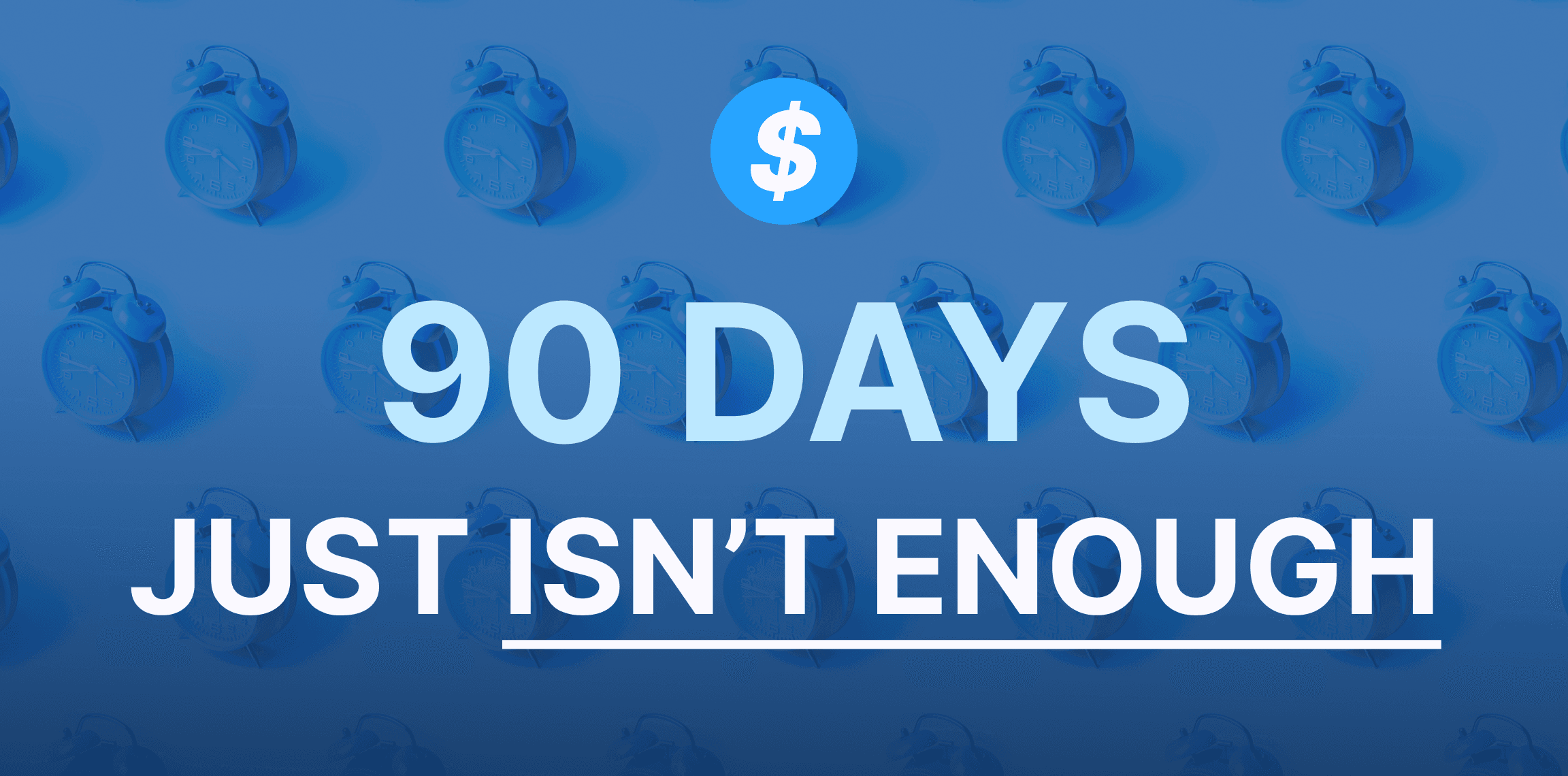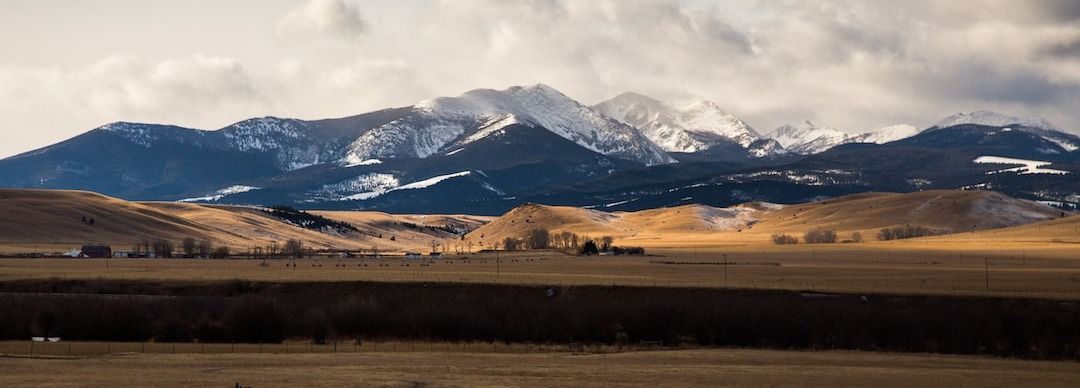Think you can complete your BEAD application in 90 days? Think again.
January 18, 2024
If you're waiting for your state's application, you'll be too late.

Back in November 2021 when President Biden signed the Bipartisan Infrastructure Law, he promised: “This law is going to make high-speed Internet affordable and available everywhere — everywhere in America — urban suburban, rural — and create jobs laying down those broadband lines.
No parent should have to sit in a parking lot at a fast-food restaurant again just so their child can use the Internet to do their homework. That’s over.”
But almost a year after he signed the law, questions are swirling about the way the Federal Communications Commission is carrying out a key component of the goal, which is the implementation of a more accountable mapping system that shows which areas of the country most need subsidized and grant-funded broadband networks. The map is being managed by CostQuest, a private-sector contractor.
“There is a really important role for communities to play in building this information from the ground up and getting some some ground truth,” said Dustin Loup, the Marconi Society’s National Broadband Mapping Coalition’s project manager in a recent discussion on broadband mapping with Broadband Breakfast. “Designing a transparent evidence-based streamlined challenge process for the [Broadband, Equity, Access and Deployment] program that allows communities to use that ground truth to make the case for the funding that they need is an opportunity to mobilize those communities in a way that helps them advocate for themselves, but also builds a better state level database and hopefully that translates into a better national database.”
The “ground truth” Loup is referring to is the ability for local communities to conduct Internet speed tests to verify that Internet service providers are actually providing the level of service that they say they are providing, among other things.
(Broadband.money is providing local communities with a broadband community kit where they can conduct multiple speed tests simultaneously using best practice methodology and instructions, and it will also include a comprehensive qualitative survey so local communities can determine their exact needs.) It's called a broadband audit.
But the FCC has recently said that it’s not, for the most part, going to accept third-party speed tests as a form of verification, and even when it does, it will only do so in an amorphous auditing capacity. ISPs won’t have to respond to crowdsourced speed test data. And the FCC is also limiting initial access to its new mapping system. Anyone accessing the publicly-funded $45 million mapping system must obtain a license through CostQuest that limits their access to specific portions of the map and not share access with anyone else.
This poses a problem for local and regional organizations preparing to apply for federal funding to deploy new networks to unserved and underserved communities, and which have used speed tests to map out broadband service in their areas.
The idea behind the new federal map is better accuracy. The FCC’s current broadband coverage map is based on ISPs’ self-reported availability data, which is prone to exaggeration and is famous for its inaccuracies and a resulting misallocation of billions of dollars of broadband grants.
The goal of the current push (mandated by the Broadband DATA Act) is to figure out the areas of demand that telecom companies have deemed not worth serving financially, but under the current self-reported mapping system are reported as served. Communities often use speed tests, as well as other methods, to determine what level of service is available.
State broadband offices need to work with local communities and create a database to share with the National Telecommunications and Information Administration (NTIA) to determine the grant allocations they should receive under the BEAD grant funding program. Under BEAD, Internet speeds less than 25 Mbps download and 3 Mbps upload (hence the reference to 25/3 Mbps) are considered unserved and Internet speeds less than 100/20 Mbps are considered underserved. NTIA is the agency administering the $42.5 billion in broadband funding from the IIJA.
When asked whether his organization would challenge the FCC map when it’s expected to be published in November, Ohio’s Buckeye Hills Regional Council’s Broadband Coordinator Ryan Collins said: “Our maps are based on speed tests and speed tests aren’t allowed to be used to challenge the map.”
Asked how his organization then plans on challenging discrepancies it sees on the FCC’s map, he said: “That’s the question we’re all asking: ‘How are community organizations supposed to – in a reasonable amount of time, and within a reasonable amount of resources, challenge it?”
The Council along with other partners, has created a web site with county-level broadband availability maps and the associated costs of getting connected. It used speed tests results provided by Ookla to create the maps.
The Buckeye Regional Council represents the eight counties of Athens, Hocking, Meigs, Monroe, Morgan, Noble, Perry, and Washington in Southeastern Ohio in the Appalachian region. Key members include local elected officials and representatives from the educational, healthcare, forestry and farming communities and local mayors.
Ultimately, Collins said, the council hopes to work with the state to inform the FCC’s map. Allowable forms of challenges to the FCC’s map include knowledge of infrastructure, information collected from consumers about whether advertised services are available or not available to them, and “other.”
Collins’ organization isn’t the only one that’s frustrated. Loup has been leading the Broadband Mapping Coalition for several months and meeting with the FCC’s Task Force. Members of the coalition include Google, Broadband.money (us) the Institute for Local Self-Reliance, the Internet Society, MLab, XLab and Next Century Cities, among others.
Members of the coalition have complained that the FCC is effectively sticking to its “trust and don’t verify” regulatory approach to broadband mapping, and have asked repeatedly how the FCC will verify ISP’s coverage claims effectively if it doesn’t have a public process to adjudicate potentially thousands of disputes. And members also worry about the public’s limited ability to access the mapping data such as location IDs without a license provided by CostQuest. That could hobble third party efforts to integrate the data with “the ground truth” data that Loup was talking about to easily check the FCC’s Fabric map.
All this has members looking to work with states to make sure state broadband offices have accurate information informed by empirical data, i.e., speed tests, instead of the FCC. The goal is now to create an industry “best practices” standard of speed test data that states could use as they create their own evidence-based challenge processes required by the NTIA for BEAD grants.
Speed tests have long stirred debates in the telecom industry because of the many different elements that have to be in place to make sure that they are actually measuring what they say they are measuring. But a draft analysis on MLab’s NDT test from MIT initially reports that: “We found that there were enough data points in one month, [in] one state, to give what seems to be a representative characterization of performance. The fact that the data is crowd-sourced does not prevent us from drawing justifiable conclusions, provided those conclusions are crafted with care, carefully stated and qualified.”
In a recent newsletter article, Jonathan Chambers, a recent AMA guest, partner at Conexon and the FCC’s former Chief of the Office of Strategic Planning and Policy Analysis, requested that the NTIA establish clear guidelines and provide technical assistance for the state mandated challenge process under BEAD. He noted that the FCC has “published speed test protocols for every ISP that receives federal funding for rural areas. Those are the same protocols that should be used by challengers. It is a simple matter for state broadband offices to verify the validity of speed tests that follow the FCC’s [already established] protocols.”

January 18, 2024
If you're waiting for your state's application, you'll be too late.

January 09, 2024
The big sky state joins a small list of eligible entities that have kicked off their broadband challenge process.